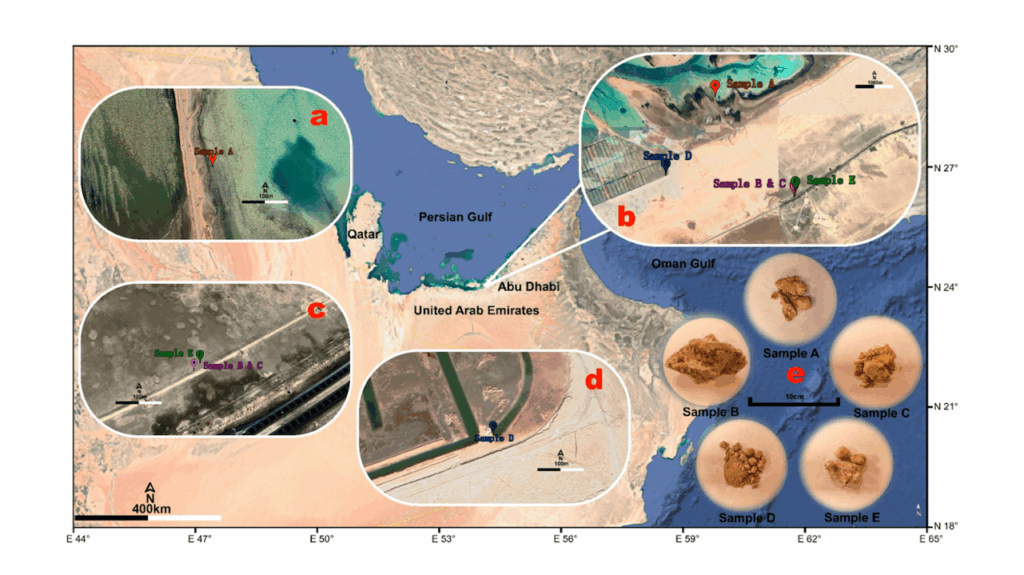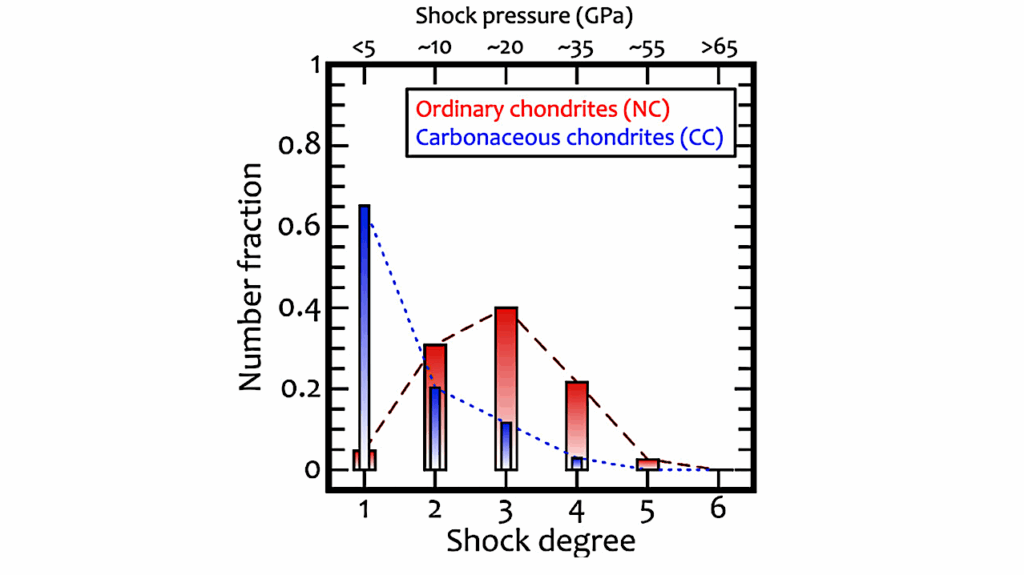A Meteorite's Story of Complex Planetary Processes

A recent study has revealed new details about the composition and fragmentation of a meteorite reportedly discovered in the deserts of southwestern Morocco in 2012.
Researchers examined fragments from the ungrouped achondrite, Northwest Africa (NWA) 7325. Achondrites are stony meteorites that do not contain spheroidal mineral grains known as chondrules. Saying a meteorite is ‘ungrouped’ means that it is not part of a collection of meteorites that are known to have originated from the same parent body.
Researchers examined the abundances of highly siderophile elements (HSE; including Re, Os, Ir, Ru, Pt, and Pd) and 187Re‐187Os isotopic systematics for two meteorite fragments. Siderophile, or ‘iron-loving,’ elements are those that easily form alloys with metallic iron. To understand how NWA 7235 could have ended up with the observed HSE abundances, the team constructed a model of the meteorite’s formation. The results indicate that the parent body of NWA 7325 underwent complex planetary processes, and was large enough to form a core, mantle, and crust. One of the fragments used in the study appears to be a sample of the object’s crust. The team believes that the second fragment is likely material from the parent body mixed with chondritic material that was delivered to the object by surface impacts.
Based on their model, the researchers believe that the parent body of NWA 7325 underwent multiple episodes of low‐pressure, metal‐silicate equilibration, followed by limited late accretion and mantle homogenization. The results help paint a picture of the history of NWA 7235, which can ultimately provide clues about the evolution of the Solar System.
In addition, because the fragments used in the study are adjoining, they provide a general example of processes that can cause contamination of meteorites when they impact the Earth. It is vital to understand how meteorites are altered and contaminated (by physical, chemical, or biological processes) during impact on our planet in order to determine which meteorite features were formed prior to the object’s contact with Earth.
The study, “Highly siderophile element and 187Re‐187Os isotopic systematics of ungrouped achondrite Northwest Africa 7325: Evidence for complex planetary processes,” was published in the journal Meteoritics and Planetary Science. This work was supported by the Emerging Worlds Program. The NASA Astrobiology Program provides resources for Emerging Worlds and other Research and Analysis programs within the NASA Science Mission Directorate (SMD) that solicit proposals relevant to astrobiology research.








